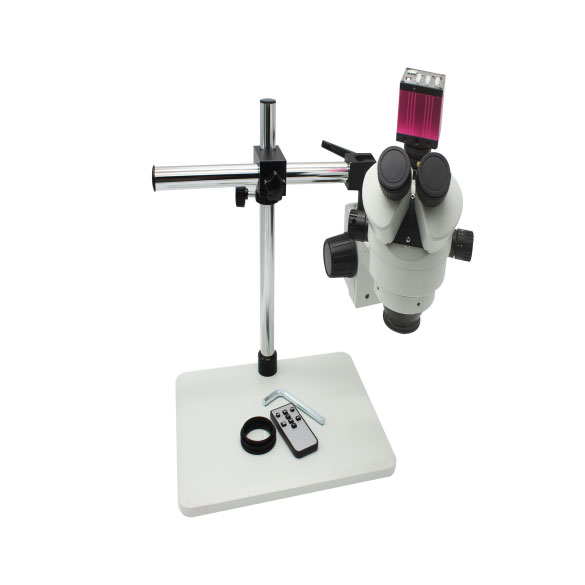what is the function of digital microscope
2023-11-17
The function of a digital microscope is to capture high-resolution images or videos of specimens at a magnified level and display them on a monitor or a computer screen. Unlike traditional optical microscopes that rely on eyepieces for viewing, digital microscopes use digital imaging technology, incorporating a camera sensor to capture the magnified images or videos.
The key functions and features of a digital microscope include:

1. Magnification: Digital microscopes offer variable levels of magnification, allowing users to zoom in and observe specimens at high levels of detail. They often provide a wide range of magnification settings, from low to high power.
2. High-Resolution Imaging: These microscopes produce high-quality, detailed images or videos of specimens due to their digital camera sensors, enabling clear visualization of small structures, cells, tissues, or other minute objects.
3. Digital Imaging and Display: Instead of using traditional eyepieces, digital microscopes capture images or videos digitally and display them in real-time on a connected monitor, computer screen, or even mobile devices. This allows for easy viewing, sharing, and analysis of the observed material.
4. Image Capture and Storage: Users can capture images or record videos of specimens viewed under the microscope. These digital files can be stored directly on a computer or external storage device, facilitating documentation, analysis, and sharing of findings.
5. Measurement and Analysis Tools: Many digital microscopes come with software that offers measurement and analysis tools. These tools allow users to measure dimensions, analyze structures, and perform various image processing functions on captured images or videos.
6. Portability and Convenience: Some digital microscopes are designed to be compact and portable, making them suitable for fieldwork, educational purposes, or situations where mobility is essential.
7. Versatility and Applications: Digital microscopes find applications in various fields such as biology, medicine, materials science, forensics, education, industry, and more. They are used for research, quality control, inspection, education, and documentation purposes across multiple disciplines.
Overall, the primary function of a digital microscope is to provide enhanced visualization and documentation capabilities, enabling users to observe and analyze specimens at a microscopic level with greater detail, clarity, and convenience compared to traditional optical microscopes.


